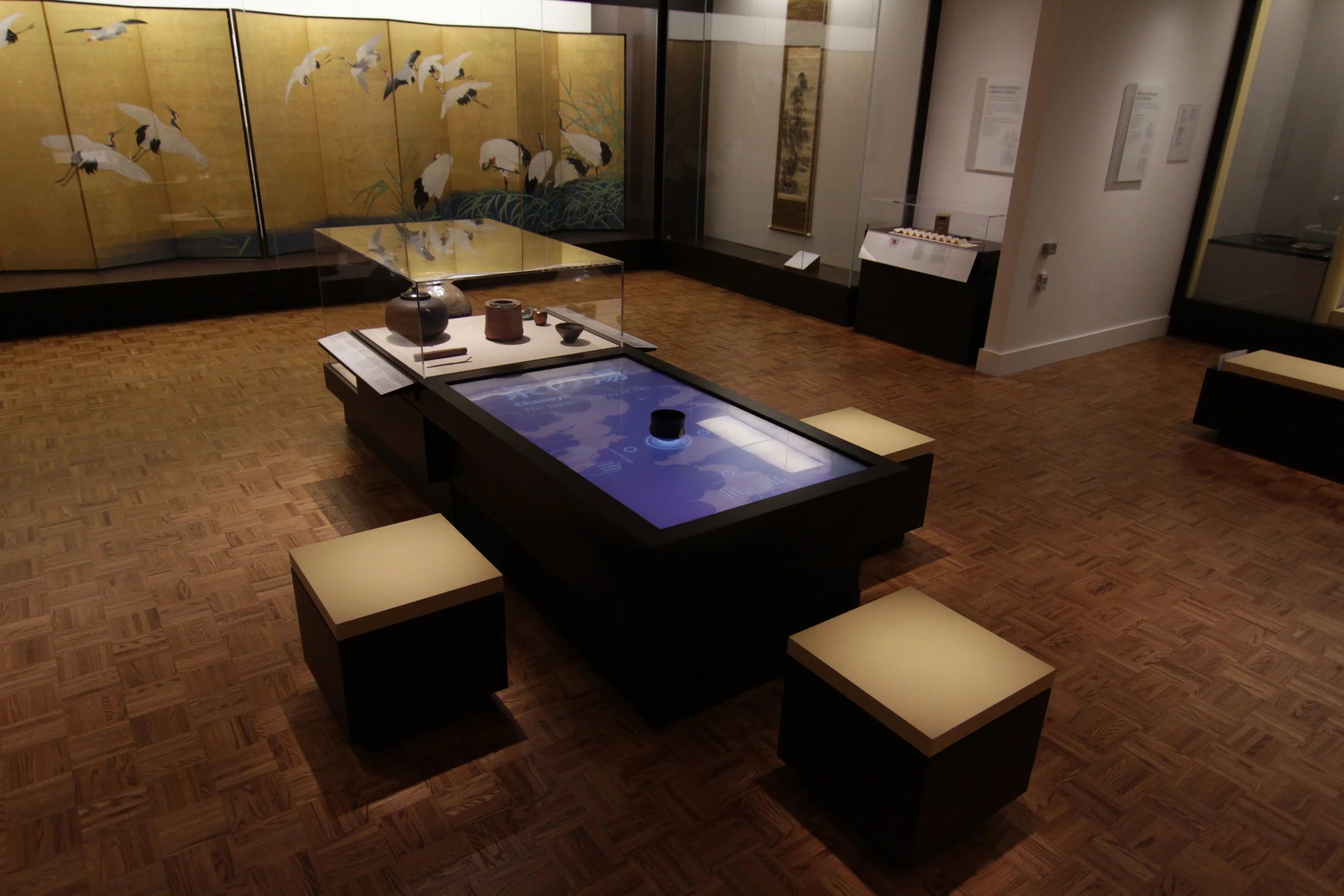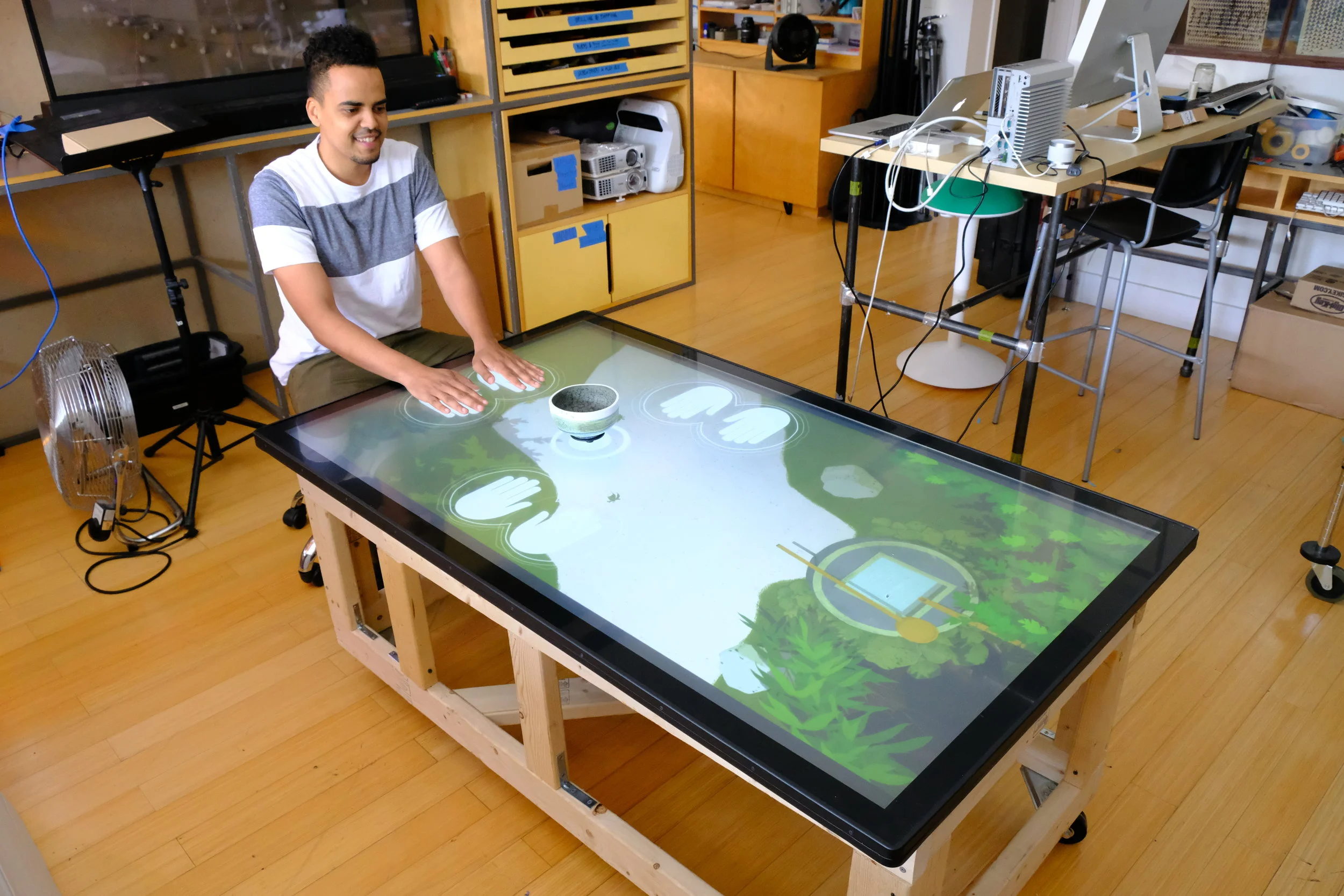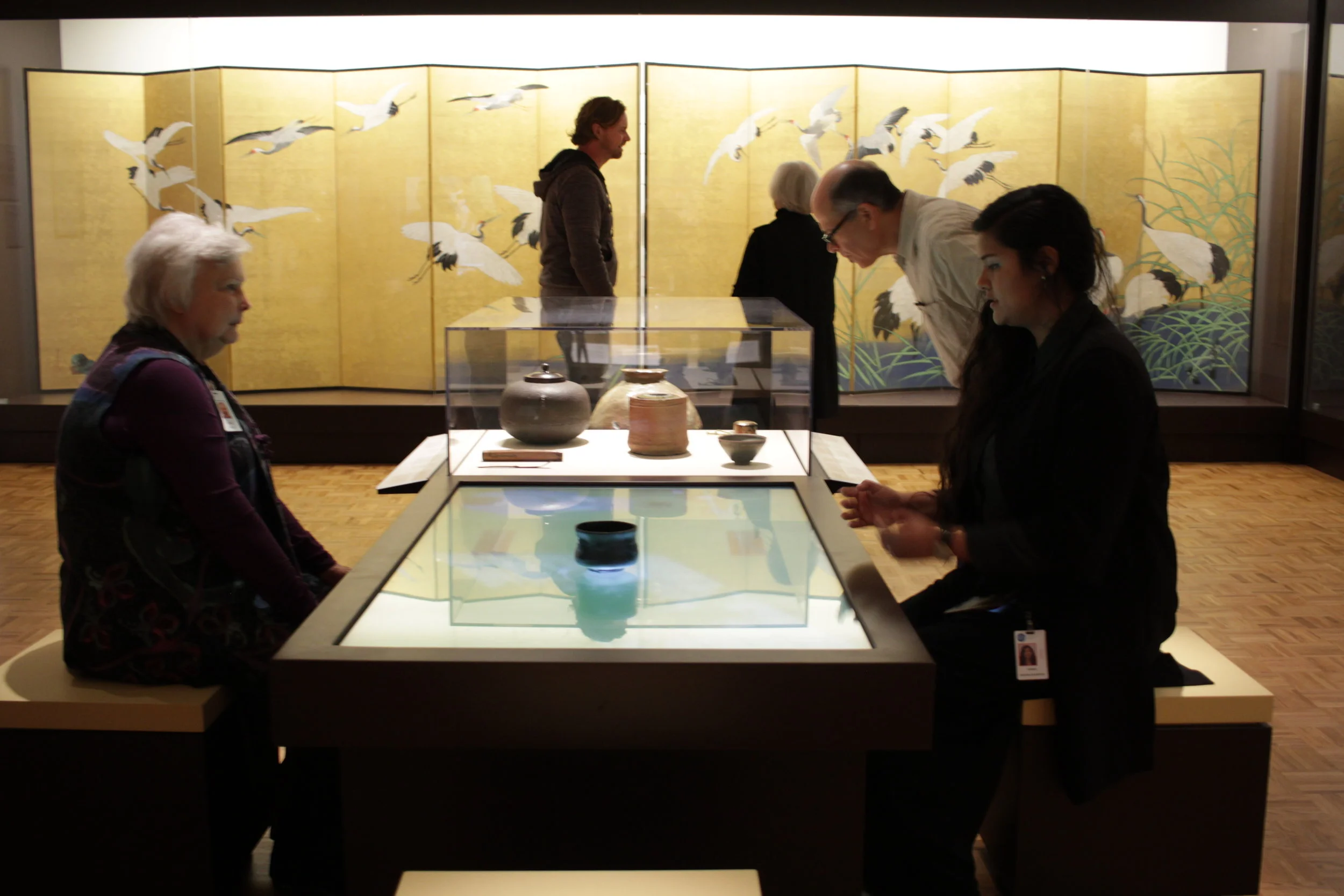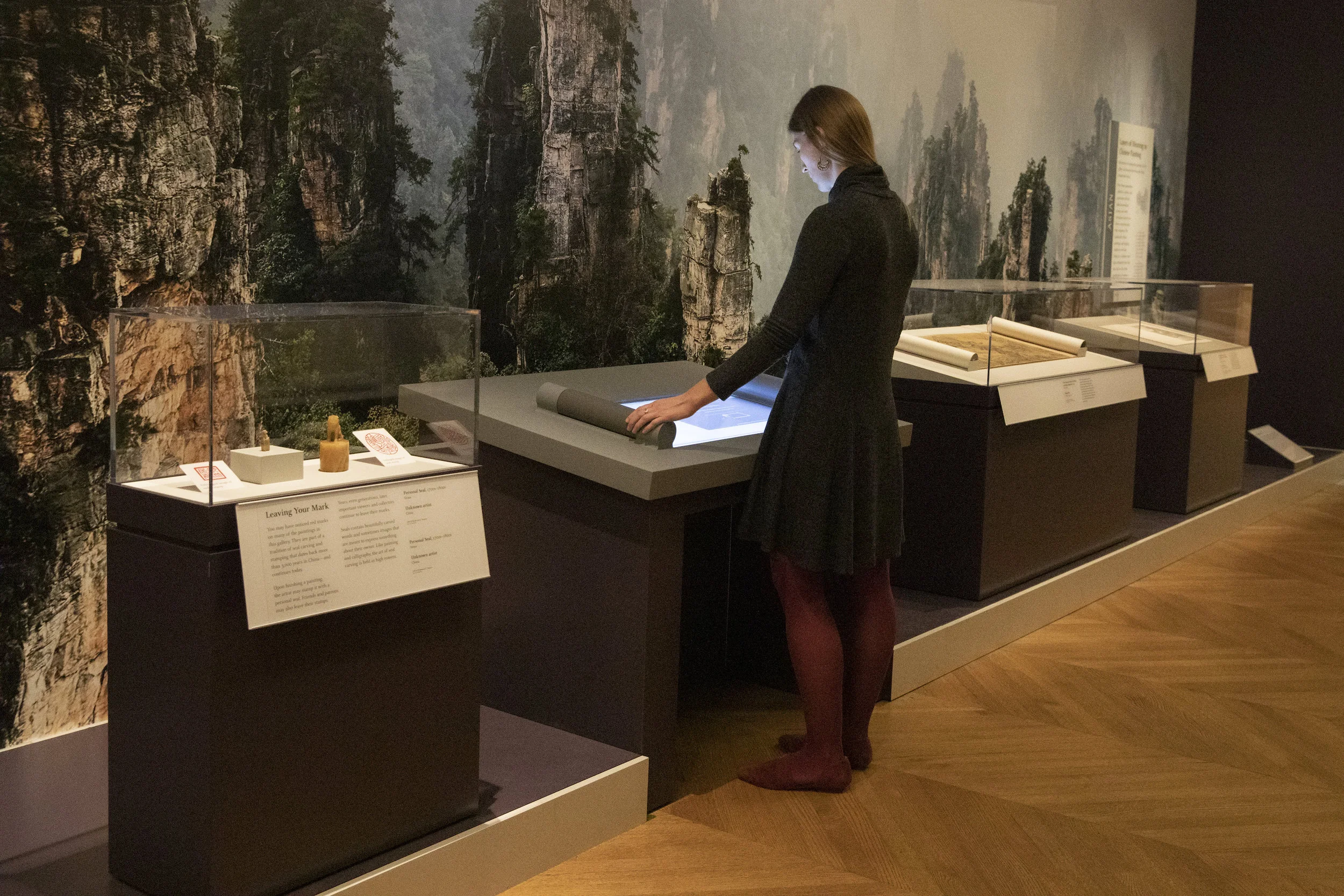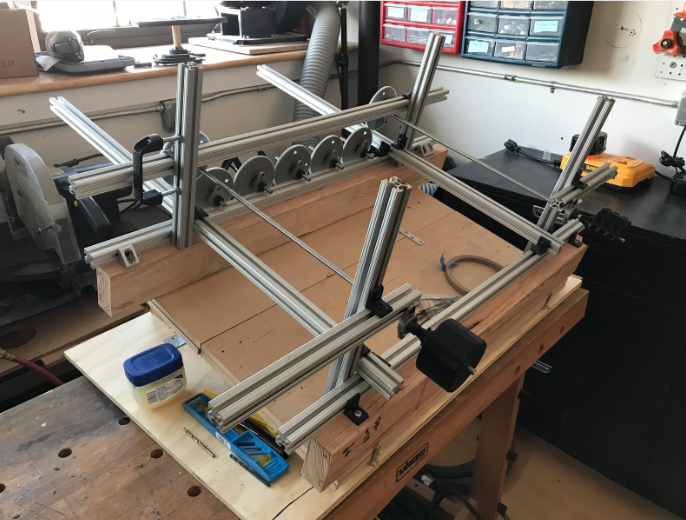Interactive Installations - Japan, China, & India Galleries
Client: Detroit Institute of Arts
Role: Producer (Project Manager / Creative Director)
Summary
To celebrate the re-opening of Detroit Institute of Arts’ Asian galleries, DIA commissioned Tellart to design interactive installations for three galleries: the Japan Gallery, China Gallery and India & SE Asia Gallery.
Japanese Tea Table
The interactive for the Japanese Gallery provides an opportunity for visitors to make a personal connection to the Japanese Way of Tea by reinterpreting the stillness and movement of a typical tea ceremony. Visitors move through a digital storytelling experience using a 3D-printed tea bowl inspired by Japanese aesthetics found in the DIA collection. Individual exploration and shared discovery empower visitors to deepen their understanding and appreciation of tea ceremony artifacts, traditions and practice.
—
Moments from our Research, Design, and Production Process —>
One of our biggest challenges was taking an experience that is traditionally four hours or longer and condensing it to a five-minute multisensorial interaction, while maintaining narrative and cultural accuracy.
Moreover, the design pushes the boundaries of what the different technologies and materials are traditionally used for. The touch table surface that is used is typically wall-mounted, while here is it used as a table, where content is activated by touch and the movements of the tea bowl. The 3D-printed tea bowl as the centerpiece of the interaction allows visitors to gain a greater appreciation for the traditional artifacts in the collection through a hands-on experience.
Chinese Handscroll
In the Chinese gallery, an interactive scroll allows visitors to move through and learn more about Wang Wen’s painting from the DIA collection, View from the Keyin Pavilion on Paradise (Baojie) Mountain. Chinese paintings were records of dynamic and ongoing exchanges between generations of artists and viewers. The physical act of moving the scroll wheel and leaving a personal seal at the end of their viewing experience provides visitors with a tangible and personal interaction with the artwork and its traditional method of viewing.
—
Process photos from Research, Design, and Production phases —>
Indian Sound Station
Indian court paintings were part of an aesthetic tradition that prioritized the underlying emotional response, called bhava, elicited in the viewer. In the Indian and South East Asian gallery, the Sound Station, located in between several Indian paintings, gives visitors the opportunity to play Indian music, encouraging a deeper emotional connection to the artwork while viewing.
—
Renderings and screen designs —>
